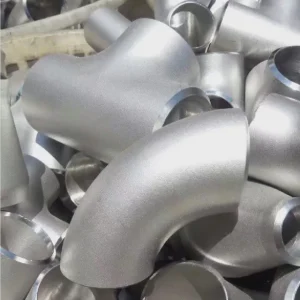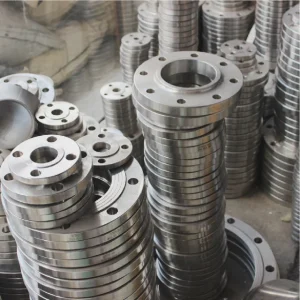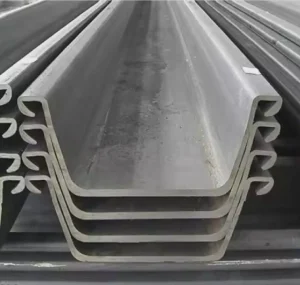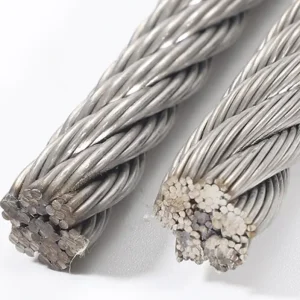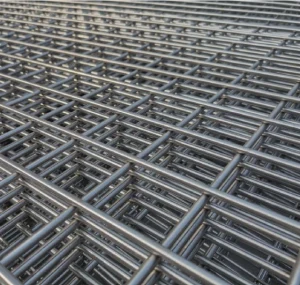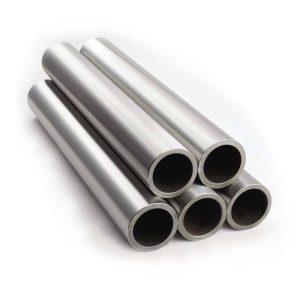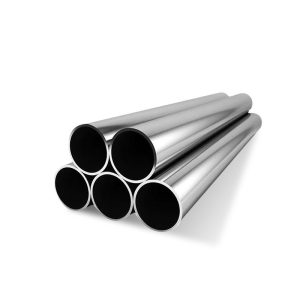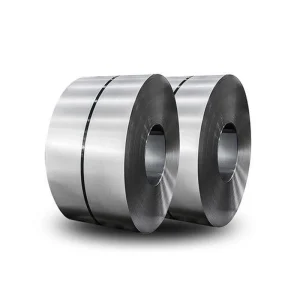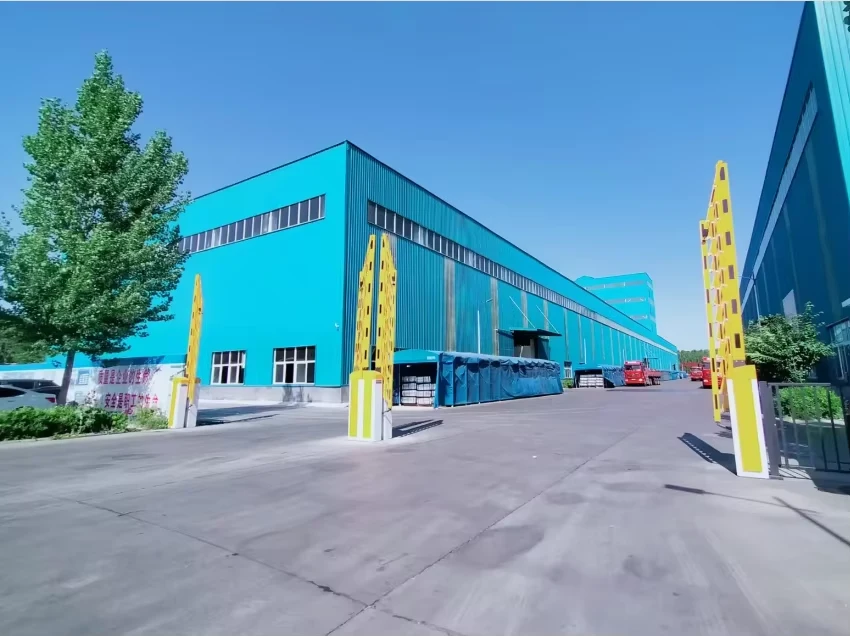In 2025 the market for 1050 aluminum plate is characterized by higher-than-average volatility and clear regional spread: typical traded prices sit roughly between $2,900 and $4,200 per metric ton depending on region, lot size and finish. We recommend buyers lock medium-term contracts for volumes above 1–3 tonnes and keep a flexible sourcing plan that includes both primary-smelter supply and qualified mills in China, Korea and Europe to manage cost and lead-time risk.
Purpose and scope
We wrote this report for purchasing managers, design engineers and technical marketers who need a practical, authoritative reference about 1050 aluminum plate pricing and technical behaviour in 2025. The text covers material identity and composition, mechanical traits, manufacturing tempers, common uses, price drivers this year, a global price comparison table, procurement tips and five practical FAQs. Technical claims come from industry datasheets and recent market indices; price ranges are grounded in supplier quotes and commodity reports from 2025.
What 1050 aluminum plate is
We treat 1050 (sometimes specified 1050A or UNS A91050A) as a commercially-pure aluminium grade with very low alloying content. It is part of the 1000-series where the primary alloying element is aluminium itself. The grade is soft, highly ductile, resistant to general corrosion and offers excellent electrical and thermal conductivity. Typical tensile strength for common tempers is modest — ultimate tensile strength around ~60–70 MPa and elongation often above 20–25%, making the alloy easy to form and excellent for reflective and conductive applications.
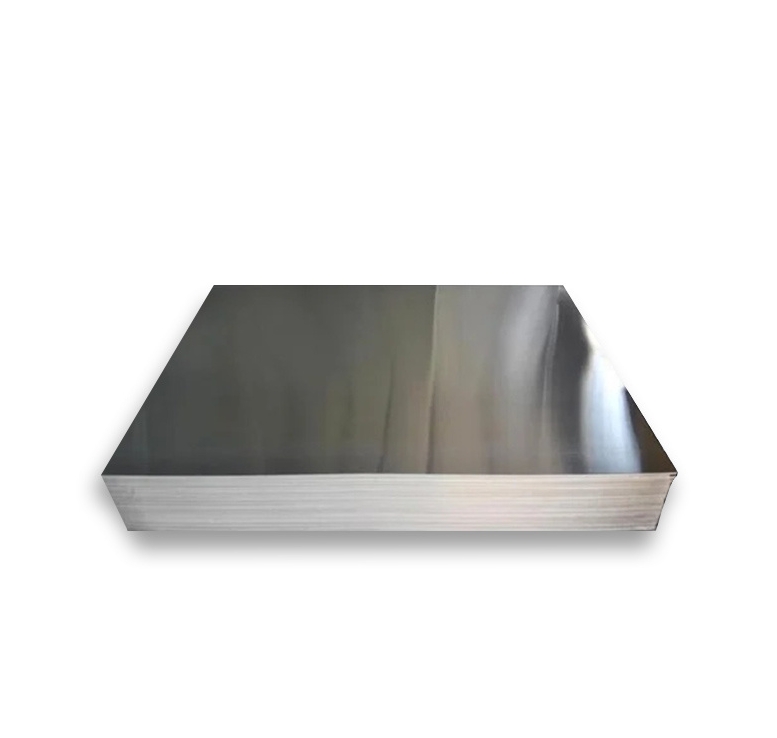
Chemical composition and common tempers
-
Composition (rounded): Minimum aluminium >99.5%, with trace amounts of iron, silicon, copper, manganese and other elements. This near-pure makeup explains the low strength and excellent conductivity.
-
Common tempers: H14, O (soft-annealed), H18, H24. H14 and H18 are frequently used for plates that need some work hardening while retaining formability. Manufacturers will quote both temper and finish; both influence price.
Typical mechanical and physical values buyers ask about
We present representative numbers that buyers use for specification and cost-estimation:
-
Density: ~2.71 g/cm³.
-
Young’s modulus: ~68 GPa.
-
Tensile strength (UTS): typical 60–70 MPa.
-
Yield/proof strength: roughly 20–30 MPa for common tempers.
-
Elongation: commonly 20–35% in sheet/plate forms.
-
Thermal and electrical conductivity: high among aluminium alloys, used when heat or current transfer is important.
These numbers explain why 1050 is chosen where forming, finishing and conductivity matter more than structural strength.
Principal applications that sustain demand
We see steady demand plates from sectors that require corrosion resistance and formability:
-
Reflective panels and lamp reflectors.
-
Chemical process components and food-contact equipment (where purity and corrosion resistance matter).
-
Decorative architectural panels and flashings.
-
Electrical busbars, conductor laminates and heat-sink components when brazing or welding is controlled.
Demand patterns for these industries shape the plate market much more than heavy structural demand.
How 1050 plate pricing is formed in 2025
We highlight the factors that explain the 2025 price picture:
-
Base aluminium commodity level. Primary metal spot and LME trends set a floor for mill-level plate pricing. LME three-month primary aluminium moved higher through part of 2025 and exerted upward pressure on rolled products.
-
Regional premiums for specific gauges and surface finishes. Thin-gauge, highly reflective or anodized plate carries a premium. Check temper, thickness and surface spec in quotes.
-
Energy and electricity costs. Electrolytic aluminium production is energy-intensive. Higher power tariffs or constrained electricity supply in producer regions quickly transmit into higher ingot and downstream plate prices.
-
Scrap and secondary supply availability. Recycled aluminium volumes change the effective supply of merchant plate; tight scrap markets push buyers to primary ingot and higher prices.
-
Logistics, tariffs and trade policy. Container and freight rates, customs duties and any anti-dumping measures alter landed cost widely across importing regions. Recent trade moves in 2025 changed flows between Asia and Europe, adding volatility.
-
Mill capacity and maintenance cycles. Planned shutdowns at rolling mills reduce available plate tonnage for specific widths or thicknesses, producing short-term premiums.
These elements combine to produce the regional spreads and spot/contract differences we report below.
2025 price signals and market readings
-
The European commercial 1050 sheet index was reported near $3,336 per metric ton in mid-2025, representing one of the larger increases inside regional aluminum indices.
-
Reporting for early and mid-2025 shows Korean commercial 1050 sheet prices moving toward $4.17 per kilogram in April/July measurements; this level equates to roughly $4,170 per metric ton, reflecting local premiums.
-
Indian primary cash aluminium prices were quoted near $2.90 per kilogram in several 2025 commodity reviews, showing lower local cash levels in some markets. That translates to about $2,900 per metric ton.
-
Chinese primary cash numbers were commonly reported around $2,900–$3,000 per metric ton during parts of 2025 and supplier listings from China show merchant plate offers in the $2,600–$3,300 per metric ton band depending on thickness and finish.
These readings explain why bulk buyers can sometimes obtain plates near the low end of the range when sourcing directly from Chinese mills, while buyers sourcing finished, certified European coils see higher landed costs.
Global price comparison (indicative table for 1050 plate, 2025)
We compiled a practical comparison for common merchant plate (standard surface, H14/H18 temper, typical thickness 1–6 mm). Numbers are indicative market mid-2025 price bands and assume commercial quantities (1–10 tonnes). All figures in USD.
| Region | Typical range (per kg) | Typical range (per metric ton) | Notes |
|---|---|---|---|
| China (mill/FOB) | $2.60 – $3.30 / kg | $2,600 – $3,300 / t | Many online supplier offers and bulk quotes in this band; finishes and MOQ affect price. |
| India (domestic cash) | ~$2.90 / kg | ~$2,900 / t | Primary cash market readings in 2025 indicated lower local cash levels. |
| Korea (commercial sheet premium) | ~$4.17 / kg | ~$4,170 / t | High local premium driven by specific commercial coil demand and regional spreads. |
| Europe (merchant coil/sheet) | ~$3.34 / kg | ~$3,336 / t | Regional commercial index showed a large increase mid-2025. Higher customs and mill charges apply |
| USA (imported / domestic mix) | $3.00 – $3.80 / kg | $3,000 – $3,800 / t | Dependent on primary ingot LME-linked price, freight and downstream finishing. Supplier quotes vary widely. |
How to read the table: small orders, complex surface finishes or certified food-contact batches will sit toward the high end. Very large, regular contract volumes may secure discounts below the lower band if scrap offsets and long-term smelter deals exist.
Practical procurement and cost-control recommendations
We recommend the following steps to optimize total landed cost and reduce exposure to volatility:
-
Specify precisely. Give suppliers exact temper, thickness tolerance, surface finish and required certifications (e.g., EN 573, ASTM B209). Ambiguity leads to widened quotes.
-
Split sourcing. Hold two or three prequalified suppliers in different regions. This reduces single-supplier risk and allows switching between primary and secondary supply depending on short-term spreads.
-
Negotiate indexed contracts. If you buy large volumes, negotiate a contract indexed to a agreed base (LME + fixed mill premium) with capped variability.
-
Buy slightly in advance for projects with tight margins. For predictable production runs, locking a modest portion of requirements with a forward delivery reduces spot spikes.
-
Audit processing costs. Anodizing, cutting-to-size, tolerancing and packaging can add significantly to unit cost; quantify those separately.
-
Check duty and anti-dumping exposure. Some markets impose duties on imported aluminium products; include customs brokerage in landed-cost models.
-
Consider substitution where acceptable. For non-structural decorative work, merchant alloys like 1060 or 1100 might be cheaper in some lots; always confirm compatibility with forming and finish needs.
These steps help procurement teams lower the effective per-ton cost beyond simply chasing spot price.
Quality, standards and certification
We emphasize these technical checks when buying plate to avoid hidden costs in production:
-
Material certificates (mill test reports) with chemical composition and mechanical properties.
-
Conformance standards such as EN 573, EN 485 or ASTM B209 for sheet and plate; ask suppliers to name the exact standard.
-
Surface finish spec (mill finish, bright finish, anodized) and permitted cosmetic tolerances.
-
Traceability if the application is food-contact or chemically aggressive.
A low purchase price with poor documentation can yield downstream rejection costs that are much higher than initial savings.
Typical specification examples (practical)
When we prepare RFQs, we include a short mandatory block of text that suppliers must fill:
-
Alloy: 1050A / EN AW-1050A
-
Form: Plate (sheet), thickness 1.0–6.0 mm (specify exact)
-
Temper: H14 (or O if annealed)
-
Standard: ASTM B209 / EN 573 (state preferred)
-
Surface: Mill finish / bright / anodized (specify)
-
Packing: Export plywood crates with rust-inhibitor paper.
-
Test: MTR required; chemical + mechanical tests.
-
Quantity: 2 metric tons per lot (or other).
Providing this level of detail reduces mismatched quotes and hidden charges.
Typical margin components — how the mill price turns into landed cost
We break down a typical pricing ladder:
-
Primary aluminium base price (LME/ingot) — largest component.
-
Mill rolling and finishing premium — converts ingot into plate with specified tolerances.
-
Quality control and certification — MTRs, destructive testing if required.
-
Logistics and insurance — container, port handling, inland transport.
-
Customs and duties — variable by route and bilateral trade agreements.
-
Distributor markup — if buying through a merchant rather than direct mill.
Understanding this ladder helps buyers ask the right questions when prices are quoted.
Short-term outlook (relevant to buyers in 2025)
We read current mid-2025 indicators as signalling elevated multi-regional premiums versus historical mid-cycle averages. Key watch items:
-
Energy pricing trajectory in major aluminium-producing nations.
-
LME primary aluminium movement — continued tightness will keep plate prices elevated.
-
Regional demand in lighting and architectural sectors — these sectors move merchant plate demand more than heavy industries for 1050 grade.
Buyers should view near-term risk as skewed to the upside in regions with tight power or shipping constraints.
Common specification pitfalls we see (and how to avoid them)
-
Using “1050” without temper or finish. Ambiguity forces suppliers to price conservatively. Always name temper, thickness and finish.
-
Assuming uniform global quality. Mill practices differ; insist on MTRs and, for critical uses, independent lab testing.
-
Ignoring secondary processing cost. Anodizing or precision cutting might double the per-piece cost if done incorrectly.
Clear RFQs and spot sample approval reduce costly rework.
Five practical purchasing scenarios
We present short scenarios and a recommended approach:
-
Small decorative order (100–500 kg): Buy from a local distributor to minimize freight; accept small premium.
-
Medium production run (1–10 t): Request multiple mill FO B quotes; test one sample batch before placing a 3-month contract.
-
Large repeat volumes (>50 t/yr): Negotiate indexed contract with quarterly settlements and minimum take-or-pay clauses.
-
Urgent one-off: Expect to pay spot premium; check expedited freight costs.
-
Food-contact certification required: Buy from a mill that provides full traceability and test reports; price will be higher.
Each scenario balances cost, lead time and risk differently.
FAQs
Q1 — What is the best way to get the lowest unit price for 1050 plate?
We recommend consolidating purchase volume, committing to a medium-term contract and agreeing an index formula (LME + fixed mill premium). Direct mill purchases usually beat distributor prices for bulk orders. Also specify finish and temper precisely to avoid up-charges.
Q2 — How big is the price gap between plain mill finish and anodized 1050 plate?
Anodizing typically adds a processing premium that depends on the shop and batch size; small runs paid to an external anodizer can add materially more than mill-supplied anodized plate. Always compare “delivered anodized” vs “raw plate + local anodize” quotes.
Q3 — Can 1050 plate be substituted with 1060 or 1100 to save money?
Substitution is possible for non-structural applications when chemical and forming properties match project needs. Check surface reflectivity, formability, and any regulatory requirements before substituting.
Q4 — How do tariffs and duties influence landed price?
Duties can add several percentage points to landed cost. Always calculate final landed cost including customs, brokerage and any anti-dumping duties for your destination country when comparing cross-region offers.
Q5 — What sample checks should we run on a first shipment?
Request MTRs, verify chemical composition and mechanical values against the declared standard, perform a surface finish inspection and conduct one forming/fit test on a representative panel before releasing the full payment.



